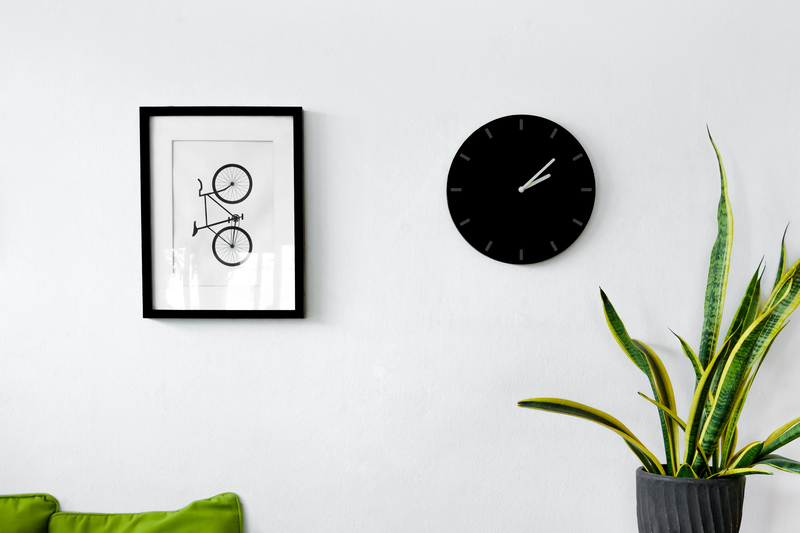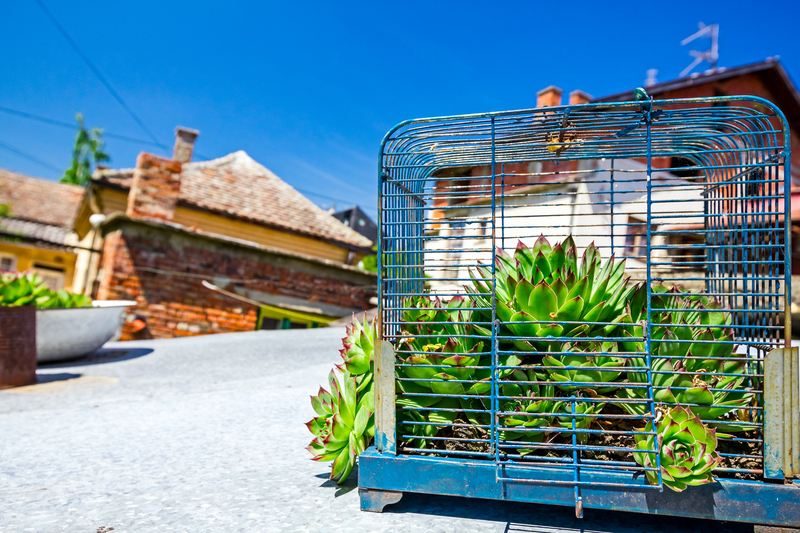Thatch: Benefits and Drawbacks
Posted on 06/11/2024
Thatch has stood the test of time as an iconic roofing material, offering unique characteristics that make it both appealing and controversial. This comprehensive article delves into the benefits and drawbacks of thatch roofs, helping you decide whether this traditional choice fits your modern needs.
What is Thatch?
Thatch is a roofing material made from dry vegetation such as straw, water reed, sedge, rushes, or heather. The materials are often bundled and meticulously arranged to create a thatch roof, providing a distinctive yet functional cover.

Benefits of Thatch Roofs
1. Aesthetic Appeal
One of the primary benefits of thatch roofs is their natural beauty. The rustic appearance can add a unique charm to any structure, from traditional cottages to modern eco-homes.
2. Eco-Friendly
Thatch is a sustainable resource. The materials used are biodegradable and have a much lower carbon footprint compared to modern roofing materials like asphalt shingles or metal roofing.
3. Insulation
Thatch naturally offers excellent insulation. It keeps homes cool in the summer and warm in the winter, reducing the need for additional heating or cooling.
4. Soundproofing
Thatch is also notable for its sound dampening qualities, making your home a more serene and quieter place. It's especially valuable in high-noise areas.
Drawbacks of Thatch Roofs
1. Fire Hazard
One of the most significant drawbacks of thatch is its flammability. Although treatments can reduce this risk, the material remains more susceptible to fire than many modern roofing options.
2. Maintenance
Thatch roofs require regular maintenance. This includes re-thatching, which can be both labor-intensive and expensive, especially if the materials are not locally available.
3. Longevity
While thatch can last for many years if properly maintained, it typically has a shorter lifespan compared to modern roofing materials like tiles or metal.
4. Pests
Thatch can attract pests such as birds, rodents, and insects. These pests can degrade the material and necessitate additional maintenance or replacement.
Pros and Cons
Pros
- Unique aesthetic appeal
- Sustainable and eco-friendly
- Excellent insulation and soundproofing
Cons
- High fire risk
- Requires frequent maintenance
- Shorter lifespan
- Susceptible to pest infestation
Tips for Maintaining a Thatch Roof
- Inspect the roof regularly for signs of wear or damage
- Apply fire retardants as recommended
- Keep surrounding trees trimmed to minimize debris
- Hire skilled professionals for re-thatching
- Monitor for and address pest infestation promptly

Takeaways
Thatch roofs offer a unique blend of aesthetic and ecological benefits but come with a set of challenges, including maintenance and fire risk. Weighing the pros and cons will help you determine if a thatch roof aligns with your needs and lifestyle.
Conclusion
Thatch roofs hold a special place in architectural history, offering unparalleled beauty and eco-friendliness. However, their disadvantages, such as flammability, maintenance requirements, and susceptibility to pests, necessitate careful consideration. By understanding both the benefits and drawbacks, you can make an informed decision on whether a thatch roof is the right choice for you.



